Eastern Tiger Swallowtail Host Plant Help
molanic
12 years ago
Related Stories
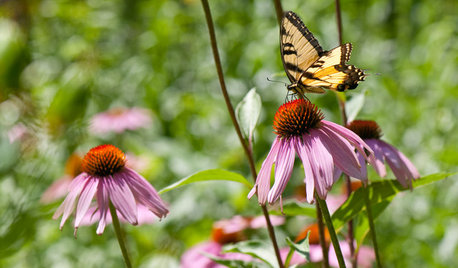
GARDENING GUIDESEntice Eastern Tiger Swallowtails With Summer Flowers
Grow nectar-rich native bloomers and larval host plants for these endearing butterflies
Full Story
GARDENING FOR BUTTERFLIES7 Native Wildflowers to Make You an Awesome Butterfly Host
Offer the leaves of these and you’ll get more butterflies than with flower nectar alone
Full Story
GARDENING GUIDESGreat Design Plant: Silphium Perfoliatum Pleases Wildlife
Cup plant provides structure, cover, food and water to help attract and sustain wildlife in the eastern North American garden
Full Story
GARDENING GUIDESGreat Design Plant: Asclepias Incarnata for a Butterfly Garden
Beautiful swamp milkweed makes it easy to help monarchs and other pollinators in eastern U.S. gardens
Full Story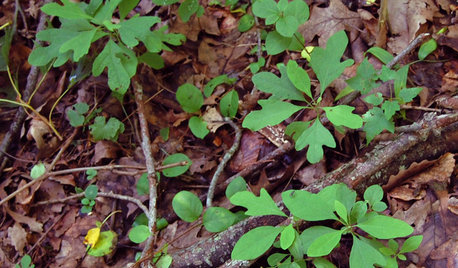
GARDENING GUIDESGreat Design Plant: Sassafras Albidum
This eastern native tree has beautiful foliage, a spicy aroma and a rich history
Full Story
GARDENING GUIDES6 Plants That Beat Butterfly Bush for the Wildlife Draw
It's invasive, a nonnative and a poor insect magnet. Check out these better alternatives to butterfly bush in the garden
Full Story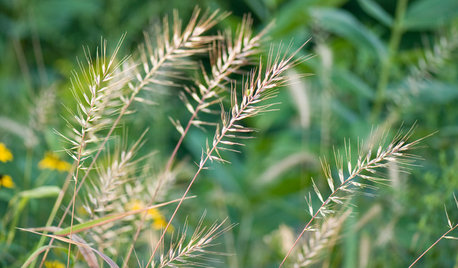
GARDENING GUIDESGreat Design Plant: Elymus Hystrix Thrives in Shade
Plant eastern bottlebrush grass in eastern U.S. woodlands or shade gardens for midsummer flower heads and blue-gray arching grass blades
Full Story
GARDENING AND LANDSCAPINGBe a Citizen Scientist to Help Wildlife, Learn and Have Fun Too
Track butterflies, study birds, capture stars ... when you aid monitoring efforts, you’re lending Mother Nature a hand
Full Story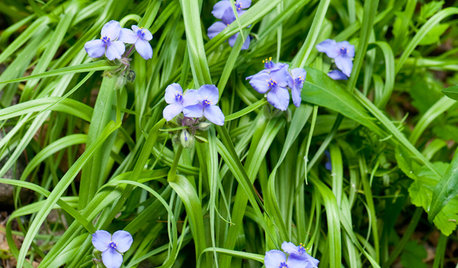
GARDENING GUIDESGreat Design Plant: Tradescantia Ohiensis Adds Shades of Blue
This reliable, adaptable U.S. native provides spider-like foliage and clusters of blue to purple flowers in Eastern gardens each spring
Full Story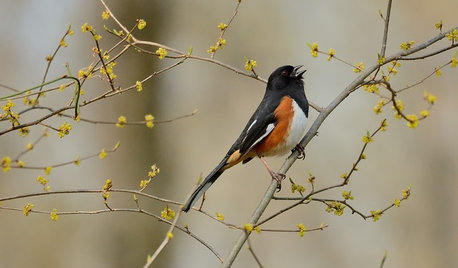
GARDENING GUIDESGreat Design Plant: Lindera Benzoin Offers 3-Season Interest
Support wildlife and enjoy the aromatic leaves of this U.S. native also known as spicebush, Benjamin bush and spicewood
Full Story






KC Clark - Zone 2012-6a OH
MissSherry
Related Professionals
Chattanooga Landscape Architects & Landscape Designers · Forest Park Landscape Architects & Landscape Designers · Mountain Brook Landscape Architects & Landscape Designers · Commack Landscape Contractors · Huntley Landscape Contractors · Rockland Landscape Contractors · Burlington Fence Contractors · Meridian Fence Contractors · Mill Valley Fence Contractors · Peoria Fence Contractors · Silver Spring Fence Contractors · Augusta Window Contractors · Dallas Window Contractors · Gibsonton Window Contractors · Woodland Hills Window ContractorsMissSherry
KC Clark - Zone 2012-6a OH
MissSherry
KC Clark - Zone 2012-6a OH
caterwallin
larry_gene
molanicOriginal Author
susanlynne48
Tony G
terrene
weed30 St. Louis
Mary Leek
molanicOriginal Author
butterflyman
Tom
susanlynne48
edith_lee
susanlynne48
bananasinohio
kattails
KC Clark - Zone 2012-6a OH